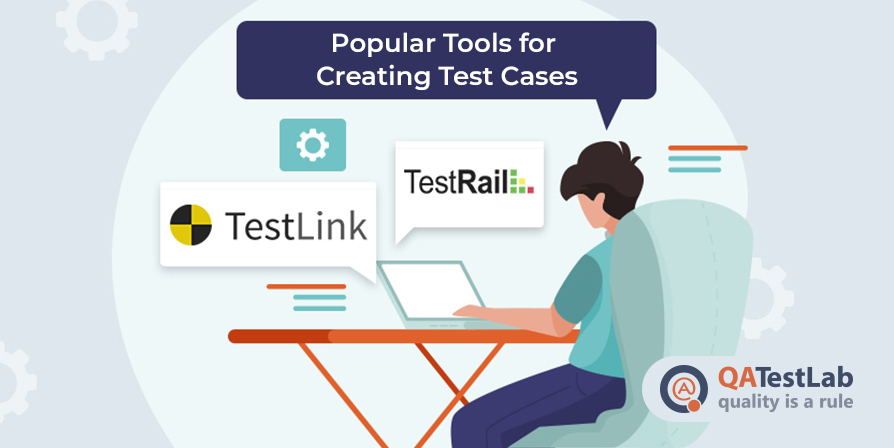
Popular Test Case Management Tools
A test case is a set of actions executed to verify a particular feature or functionality of a software application. The actual result does not match the expected result after executing the pre-defined test steps? Gotcha! There is a bug in your code!
Positive test cases describe various product scenarios according to the specification. For example, checking user authorization using valid data. Negative test cases allow checking whether the system can gracefully handle abnormal situations. Like trying to log in with an invalid password. Unfortunately, there are more negative test cases than positive ones.
A set of test cases that covers a single function, module or system component is called a test suite. The process of executing test cases and indicating test results (passed or failed) is called a test run.
Core Features of Test Case Management Tools
- Describing test cases step by step with the expected results;
- Adding attachments;
- Combining test cases into sets;
- Executing test runs;
- Reporting.
In fact, the tools listed here offer much broader functionality, but you can start with these five and still get a productivity boost.
Let’s start with TestLink and TestRail, which gained popularity for their ease of use, wide functionality and affordability.
TestLink
It is a totally free tool for creating, structuring, storing and executing test cases, as well as generating test reports.
TestLink’s Features:
- You can configure several levels of access for users in the program. Depending on the role, the user has the ability to view run results, run test runs, add and modify test cases, create a test plan, or (in the case of an administrator role) manage the system at all levels.
- Create product requirements and bind cases to them. It is always possible to go to the requirements page during a separate test scenario and read the documentation.
- The user can create any number of folders and subfolders with test cases, which helps to structure the project and customize it according to the user’s wishes.
- Specify keywords for each case. This makes it easier to navigate the test plan in a large number of test cases.
- Ability to download reports. This feature is necessary in order to analyze the results of the run and cover the requirements with test cases. You can report on the product version, on the platforms on which the testing was performed, and on each specific user.
TestRail
TestRail is a powerful tool that provides great opportunities for documenting, managing and implementing the testing process. QA engineers all over the globe love it for the broad functionality and user-friendly interface.
TestRail’s Features
- Configuring custom fields. You can use custom fields that allow additional details to test cases. TestRail currently supports custom fields for test cases and test results.
- Integration with bug-tracking systems. You can link existing test cases to JIRA and file bugs there without leaving the test results tab.
- You can handpick test cases and add them to the test run.
- Reporting. Test results are displayed as a pie chart that shows how many test cases passed and failed.
- TestRail automatically generates reports based on configured schedules and sends them to e-mail. All built-in report templates can be adjusted to your needs.
Test case management tools can significantly improve the quality of testing. When everything is in order and test results are well visualized, the probability of detecting bugs increases dramatically.


